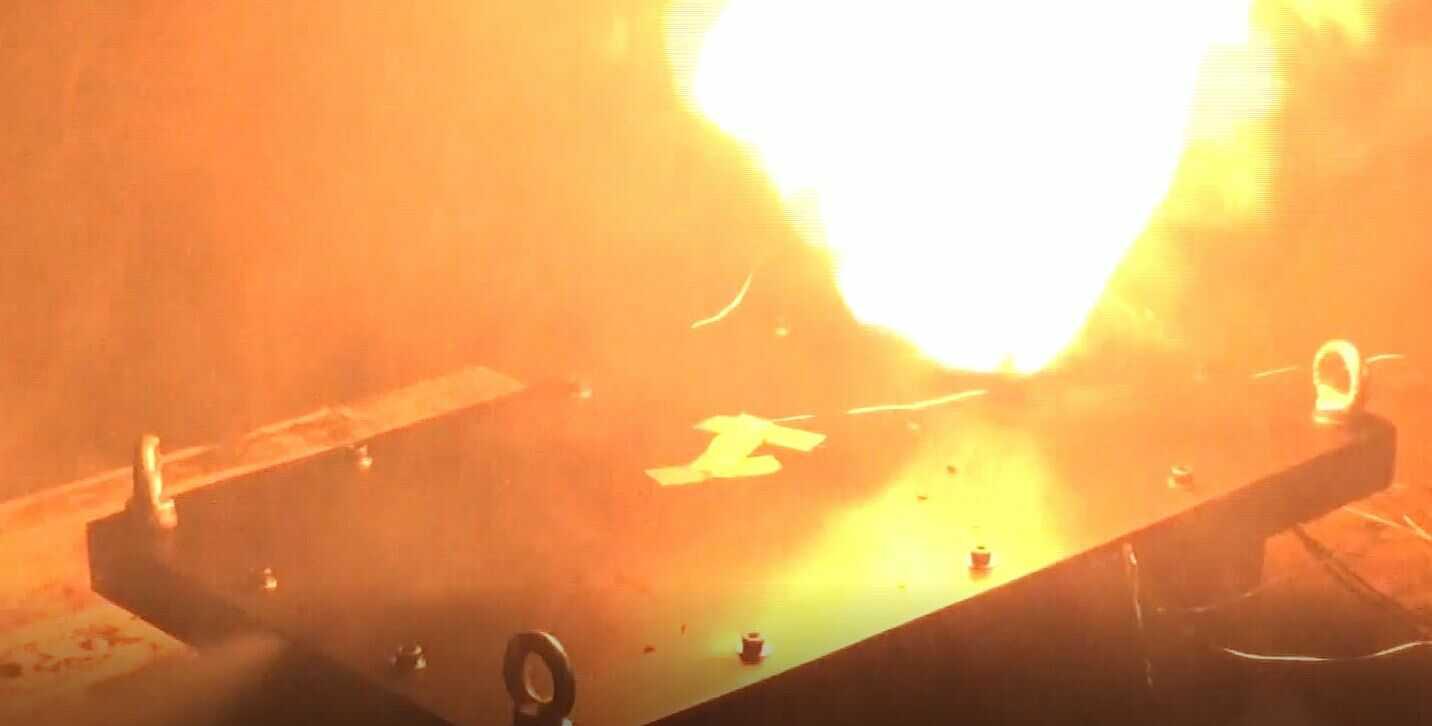
Overview of accumulator types, including Lithium-ion batteries @ iso-charge
Monday 01 May 2023
A lithium-ion battery is made up of several individual cells connected to each other. It provides energy through the movement of ions. Each battery is based on three elements: a positive electrode (cathode), a negative electrode (anode) and an electronic liquid layer between the two (electrolyte).
Rather, the cathode contains metallic lithium, such as cobalt and lithium dioxide, while the anode contains lithium carbon dioxide. The use of these materials allows intercalation: This is the insertion of a molecule between two other molecules. Thus, the lithium ions can easily insert themselves into the electrodes or withdraw from them.
|
|
Technology |
Energy density Wh/kg |
Cathode + |
Anode - |
Electrolyte |
Tension per cell, V |
Separator |
Life span year |
Fire occurrence |
Fire intensity |
Temperature leading to Thermal Run Away |
Market maturity |
|
|
Lead - acid |
20-50 |
Lead |
Lead |
Concentrated sulfuric acid |
12 |
- |
5-7 |
Low |
Low |
|
available |
|
|
Ni-Cd |
50-80 |
Nickel |
Metal |
Potassium hydroxide |
1,2 |
- |
5-7 |
Low |
Low |
|
available |
|
|
Ni-MH |
50-80 |
Nickel |
Metal |
Potassium hydroxide |
1,2 |
- |
5-7 |
Low |
Low |
|
available |
|
|
Li-ion LTO |
70-80 |
Li(NixCoYAlz) Or LiMn2O4 |
Li2TiO2 |
Lithium salt (LiPF6) dissolved in a low flash point organic solvent (Ethyl Acetate, Ethyl Methyl Carbonate etc.…) |
2,85 |
|
2-10 |
Low |
Low |
One of the safest Li-ion Battery |
available |
|
|
Li-ion LFP |
150-270 |
LiFePO4 |
Graphite |
Lithium salt (LiPF6) dissolved in a low flash point organic solvent (Ethyl Acetate, Ethyl Methyl Carbonate etc.…) |
3,65 |
Polyethylene / Polypropylene/ porous ceramic/ now woven… |
2-10 |
Medium |
Medium |
270 (higher when empty) |
available |
|
|
Li-ion LMO |
120 |
LiMn2O4 |
|
Lithium salt (LiPF6) dissolved in a low flash point organic solvent (Ethyl Acetate, Ethyl Methyl Carbonate etc.…) |
4,2 |
Polyethylene / Polypropylene/ porous ceramic/ now woven... |
2-10 |
Medium |
High |
250 (higher when empty) |
available |
|
|
Li-ion NMC |
150-220 |
Li(NixCoYAlz) NMC 111 NMC 442 NMC 532 NMC 622 NMC 811 |
|
Lithium salt (LiPF6) dissolved in a low flash point organic solvent (Ethyl Acetate, Ethyl Methyl Carbonate etc.…) |
4,2 |
Polyethylene / Polypropylene/ porous ceramic/ now woven... |
2-10 |
High |
High |
210 (higher when empty) |
available |
|
|
Li-ion NCA |
200-260 |
Li(NixCoYMnz) |
|
Lithium salt (LiPF6) dissolved in a low flash point organic solvent (Ethyl Acetate, Ethyl Methyl Carbonate etc.…) |
4,2 |
Polyethylene / Polypropylene/ porous ceramic/ now woven. |
2-10 |
High |
High |
150 (higher when empty) |
available |
|
|
Li-ion LCO |
150 |
LiCoO2 |
|
Lithium salt (LiPF6) dissolved in a low flash point organic solvent (Ethyl Acetate, Ethyl Methyl Carbonate etc.…) |
4,2 |
Polyethylene / Polypropylene/ porous ceramic/ now woven. |
2-10 |
High |
High |
150 (higher when empty) |
available |
|
|
Li- Metal-polymer Running temperature = 60-80°C |
100 |
Polymer + carbon+ FePO4 |
Lithium Metal |
Polymer + Lithium salt |
3,4 |
Polymer |
2-10 |
Medium |
High |
No data |
In 5 – 10 years |
|
|
Na-NiCl2 Running temperature = 270-350°C |
90 |
Ni/NiCl2/NaCl/NaAlCl4 |
Sodium - Melted Metal |
Beta-Alumina & melted salt Na AlCl4 |
No data |
Beta-Alumina & melted salt Na AlCl4 |
No data |
Low |
Low -less exothermic reaction |
No data |
In 5 – 10 years |
|
|
Na-S Running temperature = 300-350°C |
110 |
Sulfur S |
Sodium - Melted Metal |
Beta-Alumina |
No data |
Beta-Alumina & melted salt Na AlCl4 |
No data |
Low |
Low -less exothermic reaction |
No data |
In 5 – 10 years |
Ours last articles
- Friday 04 November 2022CREPIM: Material developer and fire test center
- Friday 19 August 2022Abusive tests on Li-ion batteries
- Friday 19 August 2022CREPIM: Material & Abusive Test Expert
- Wednesday 13 July 2022RAILWAY: EN 45545 SERIES AT A GLANCE
- Wednesday 13 July 2022The Impact on the Use of Polymers and Flame Retardants

